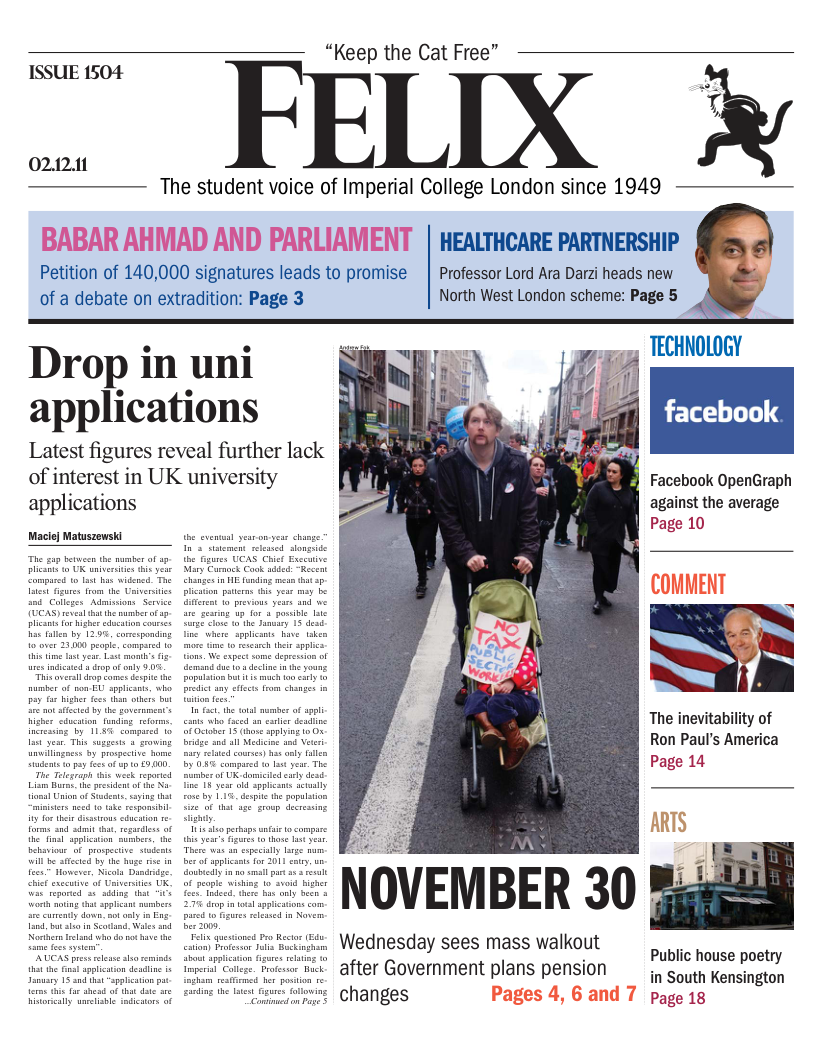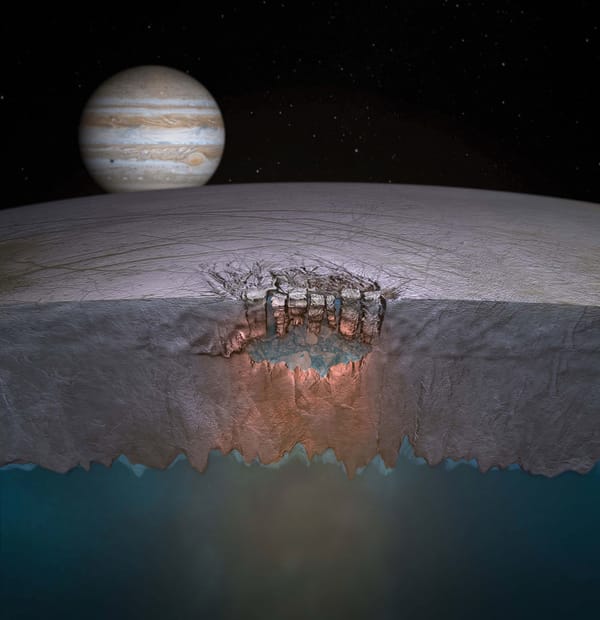Earth’s core deprived of oxygen
New research reveals new information about the composition of the Earth's core

The composition of the Earth’s core has been a mystery to scientists for nearly 60 years. While we know much about how this section of our planet affects us in terms of magnetism, energy generation and planetary dynamics, its precise makeup has remained hazy. Until recently all we knew was that the core is composed of predominantly liquid iron, along with small amounts of nickel, and 10% (by weight) of light elements.
Researchers have now used a mix of seismic and geophysical data, in conjunction with laboratory models, to determine the relative proportions of these light elements present at the centre of our rocky planet. New research by Haijun Huang and colleagues, published in Nature, examines their respective abundances and comes to a surprising conclusion – the Earth’s core is oxygen-poor.
The composition of the Earth’s core is vital; differing elemental proportions would result in different rates of cooling, rate of core growth, and evolution of our internal geodynamo – something that results in the generation of and variation shown in our magnetic field. By examining our core, it is also possible to gain remarkable insight into the conditions present when the Earth formed, and its subsequent geochemical evolution.
The Earth’s core is known to be composed of a large, liquid outer core that houses a smaller, solid inner core – this is shown well on the accompanying image. The extreme temperature and pressure conditions make it difficult to investigate how seismic isotropy, velocity and density would differ with the presence of varying light elements. Possible suspects for this light element quota include sulphur, oxygen, silicon, carbon and hydrogen, due to their solubility at the temperature and pressure ranges required.
Huang and the research team performed shock-compression experiments, where samples are subjected to core-like conditions through high-velocity impacts. Experiments such as these have played a major role in unveiling current knowledge about core composition; when iron-rich samples are used the results are extremely close to those we expect to occur in our core. The researchers used liquid samples in order to increase the accuracy of their findings as far as possible, and measured the sound velocity of the shocked samples along with the density and temperature states achieved through the impact.
Comparing these sound velocities and densities with the geophysical seismic data known for the core, Huang and colleagues were able to rule out certain compositions. They experimented by splitting the 10% by weight between oxygen, sulphur and iron, and found that samples with more than 2.5% oxygen by weight were unable to match the required dataset for density, temperature and sound velocity. “The results show that we can rule out oxygen as a major light element in the liquid outer core,” say the researchers.
While sulphur is able to match the dataset required, previous accretion models have limited the proportion of this element to only a small amount. Huang and colleagues have significantly advanced our understanding of the Earth’s geochemical origins and elemental structure, but further experimentation is required using different mixes of light elements in order to fully determine the composition of our core.
DOI: 10.1038/nature10621








